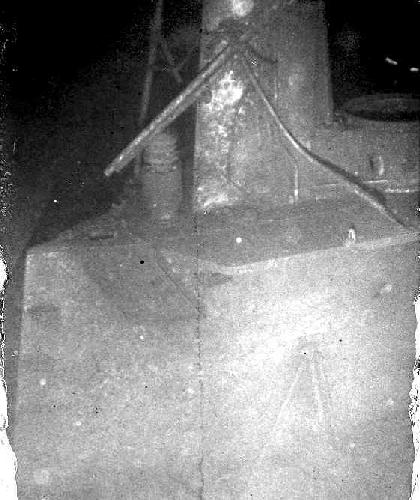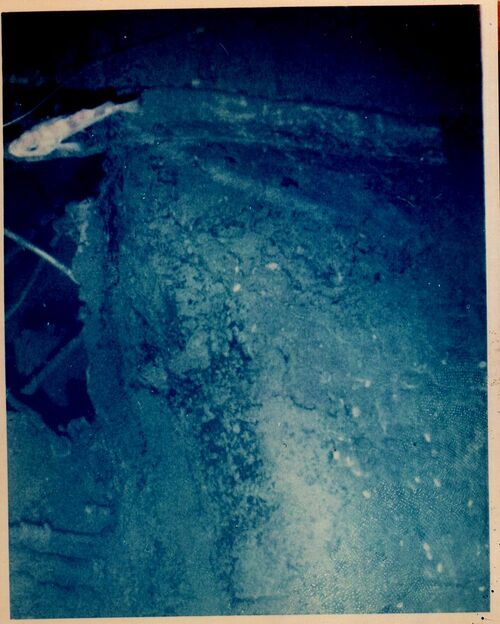F-1 collision

Image scanned from "U.S. Submarines 1900-35" by Jim Christley.

Photo provided by MMCM(SS) Rick Larson, USN, (Ret.)

USN photo courtesy of Steve Lawson of California Wreck Divers.

USN photo courtesy of Steve Lawson of California Wreck Divers.

USN photo courtesy of Steve Lawson of California Wreck Divers.

USN photo courtesy of Steve Lawson of California Wreck Divers.

USN photo courtesy of Steve Lawson of California Wreck Divers.

USN photo courtesy of Steve Lawson of California Wreck Divers.

USN photo courtesy of Steve Lawson of California Wreck Divers.

USN photo courtesy of Steve Lawson of California Wreck Divers.

USN photo courtesy of Steve Lawson of California Wreck Divers.

Messang was married to Hulda Maria Klassy and had a son and a new daughter just a few months before the F-1 sinking. Messang joined the Navy in 1904 and had recently begun his fourth enlistment with the Navy at the time of the accident.
His wife and family received word of his death via a telegram from Admiral L. C. Palmer from the Navy. The telegram said this; "The USS F-1 was rammed by another submarine at 7 p. m., Monday December 17, (1917) during a fog, the F-1 sinking immediately. It is with deepest regret that the bureau must convey to you the sad news that your husband, John P. A. Messang, Chief Machinist's Mate, was lost in the sinking of the F-1. No additional information is at hand at this time. You have the sincere sympathy of the bureau in the loss of your husband."
The USS F-1 is the only submarine to be lost by the U.S. during World War I.
Photos in the private collection of Ric Hedman.
Page created by:
Ric Hedman & David Johnston
1999 - 2023 - PigBoats.COM©
Mountlake Terrace, WA, Norfolk, VA
webmaster at pigboats dot com
